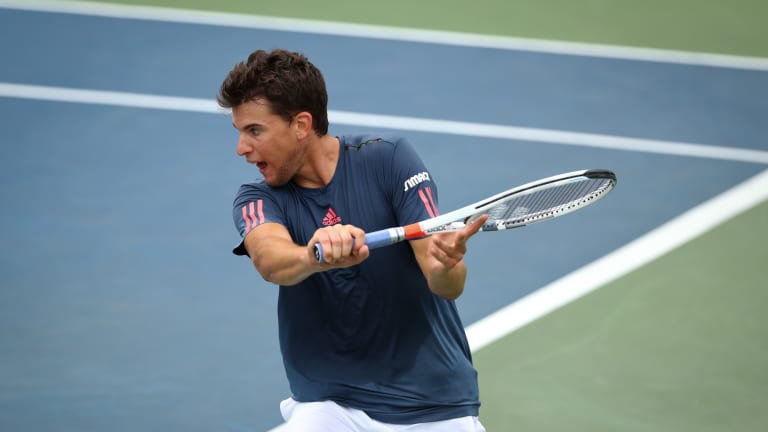NEW YORK—“Nobody should have to work that hard on his birthday,” the emcee on the Grandstand told Dominic Thiem on Saturday.
It was hard to argue with him. A few minutes earlier, Thiem had finished off a stubbornly tenacious opponent, Pablo Carreño Busta of Spain, 1-6, 6-4, 6-4, 7-5, in two hours and 50 minutes of vehement baseline tennis. Was this any way to celebrate your 23rd birthday?
Once the match was over and he had come away a winner, Thiem didn’t seem to mind at all.
“It was a big pleasure to play a Grand Slam match on my birthday,” Thiem said with a smile. “A great and close match, the perfect present for me on my birthday.”
It hadn’t begun that way. Maybe Thiem got the birthday party started the night before, because he came out pancake flat and lost the first set in 21 minutes.
Yet the slow start didn’t seem to bother him at all. On Tuesday, in his opening match against John Millman, Thiem had lost a similarly one-sided second set. But he had maintained an air of quiet confidence all the way through, and he showed us why when he won in five. Chalk it up as another lesson that every rising ATP player must learn: When you play three out of five, you can afford not to panic. If you’re the better player, you’ll have your chance to prove it.
